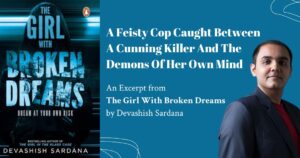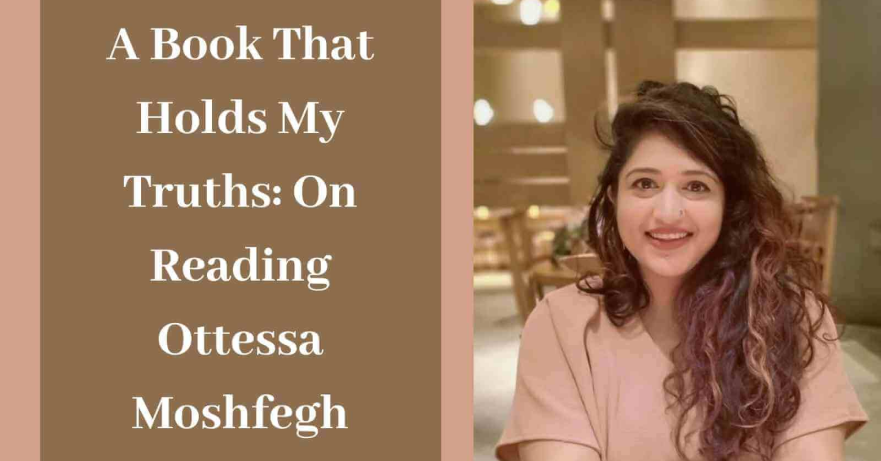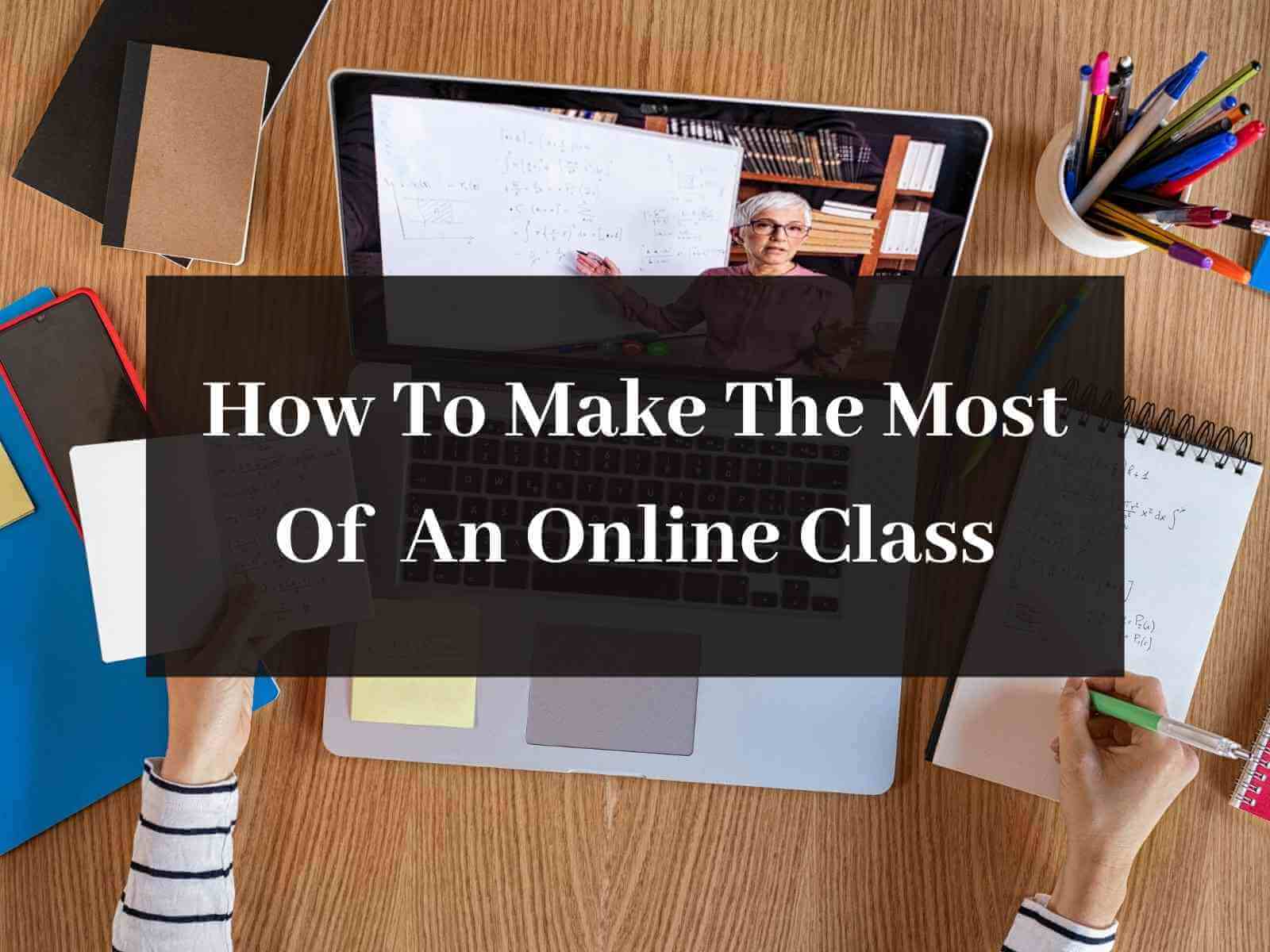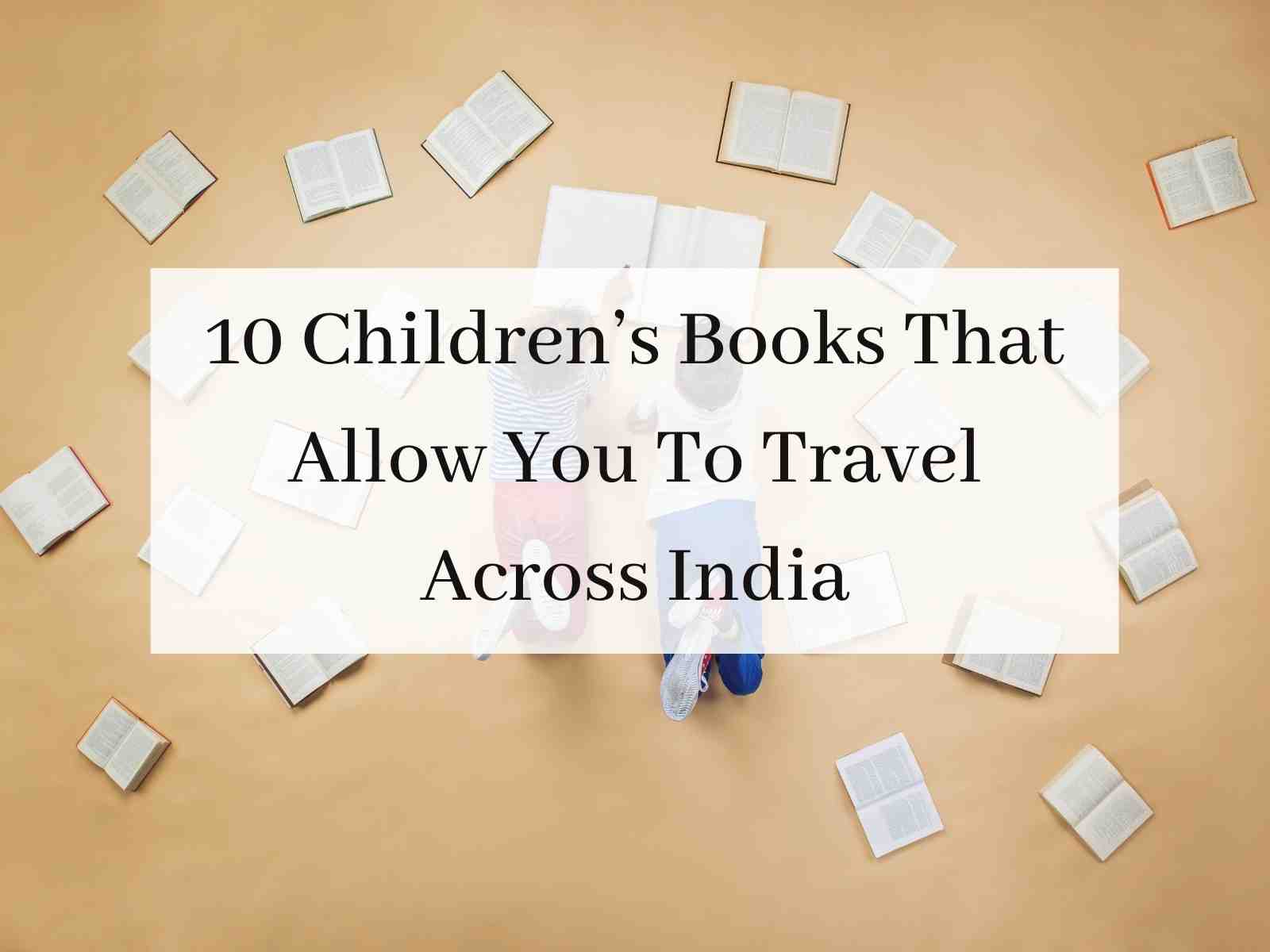“Imagination is like a muscle; the more you exercise it, the stronger it becomes.”
Filmmaker, psychologist, and creativity coach, Niddhish Puuzhakkal has explored various domains of art and science. In this interview, Niddhish reveals the secrets behind his books – Spark Your Creativity and Dare To Create, and how they can help anyone become more creative and productive.
Both of your books, “Spark Your Creativity” and “Dare to Create”, can be used as companion books to creativity; according to you, what’s the biggest difference between both books?
Have you ever felt that sudden rush of inspiration, only to find it fading away before you could grasp it? Or perhaps you’ve started a project with immense passion, but somewhere along the way, the path became unclear. I’ve been there, and I understand the struggle. Creativity is often misconstrued as an innate talent, a gift bestowed upon a select few. Yet, in reality, it’s an inherent part of our very essence, manifesting in the minutiae of our daily lives – from a witty comeback to the unique way we arrange our workspace.
Picture your mind as a vast switchboard, each connection leading to a different facet of your creative potential.
It’s not uncommon for many to embark on creative endeavors with zeal, only to abandon them midway, overwhelmed or directionless. My mission with these books is to demystify and democratise the creative process. For any creative professional or individual in the creative arena, this would be a great tool to access their “flow” and apply it.
“Dare to Create” serves as an introductory guide, laying out the fundamentals of creativity in the simplest terms, emphasising risk-taking, experimentation, and viewing failures as growth opportunities. It’s about embracing one’s unique creative voice. On the other hand, “Spark Your Creativity” delves deeper into the cognitive processes behind creativity. It’s an interactive guide that emphasizes the importance of imagination and the distinction between creativity and artistry. While both books aim to ignite the creative spark, “Dare to Create” sets the foundation, and “Spark Your Creativity” offers a more in-depth exploration and practical exercises to harness that creativity.
In today’s age, when there’s a content boom, how can readers access their creative potential by using your books to stand out from the crowd?
In our current content-rich era, standing out requires more than just producing; it demands authenticity, originality, and a deep connection with one’s unique creative essence. Both “Spark Your Creativity” and “Dare to Create” are your tools to dial into that essence.
Picture your mind as a vast switchboard, each connection leading to a different facet of your creative potential.
Just as dialing a specific phone number connects you to a designated service – be it Domino’s for pizza or Zara for fashion – tapping into the right “creative number” in your mind can unlock profound insights. But here’s the catch: dial the wrong number, and you might end up with a pizza-themed top from Zara! My books are crafted to be your directory on this vast creative switchboard. They guide you to the precise “numbers” or states that will lead you to your unique creative insights. By leveraging these tailored connections, readers are empowered to craft content that doesn’t just blend into the noise but resonates powerfully, making a lasting impression in this bustling content landscape.
The biggest challenge today is staying focused with too many apps and distractions. How do your books help combat this problem?
In a world where our attention is constantly pulled in myriad directions, “Spark Your Creativity” and “Dare to Create” act as sanctuaries of focus. These aren’t just books; they’re immersive experiences. Each page beckons readers to engage deeply, offering spaces to jot down reflections and exercises adaptable to any life scenario. More than just reading, they encourage active participation. The books champion the art of dedicated “creative time,” guiding readers to identify those golden hours when their receptivity peaks.
Tapping into the right “creative number” in your mind can unlock profound insights.
By cultivating these creative rituals, one carves out a haven amidst the chaos, a space where distractions fade and pure, unadulterated creativity takes centre stage. And for those moments when distractions threaten to take over? The exercises, with their self-hypnotic essence, serve as anchors, pulling readers back into the present, refocusing their minds, and reigniting their creative spark. In essence, these books are more than guides; they’re companions in the journey to harness one’s true creative potential amidst the cacophony of the modern world.
How do you see the future of creativity evolving, especially with advancements in technology like AI?
The intersection of creativity and technology, particularly Artificial Intelligence (AI), is a fascinating frontier. While AI can process vast amounts of data and even mimic certain creative tasks, the human element of creativity—our emotions, experiences, and unique perspectives—remains irreplaceable. My books emphasise the cognitive processes behind creativity, and as we move forward, I envision a symbiotic relationship where AI augments human creativity rather than replaces it. It can offer tools and insights, but the spark of genuine creativity will always be inherently human.
Your books emphasise the importance of imagination in the creative process. How do you cultivate and nurture your imagination, especially during times of creative block?
Imagination is like a muscle; the more you exercise it, the stronger it becomes. During times of creative block, I turn to various exercises and techniques highlighted in my books, such as reflective writing prompts and visualisation exercises. Additionally, seeking inspiration from diverse sources, stepping back to take breaks, and engaging in activities outside my comfort zone have proven invaluable in reigniting my imaginative spark.
In “Spark Your Creativity,” you differentiate between creativity and artistry. Can you elaborate on why this distinction is crucial for readers to understand?
While artistry is a form of expression often associated with specific crafts like painting, music, or writing, creativity is a broader concept. It’s the ability to think differently, to connect disparate ideas, and to envision new possibilities. Understanding this distinction empowers readers to recognise that they don’t need to be artists to be creative. Every individual, regardless of their profession or background, possesses the ability to think and act creatively in their daily lives.
As a creative person yourself, how do you manage your inner critic, especially when you’re being overcritical of your own work?
Picture this: a group in Germany, engrossed in a puzzle-solving task. Upon completion, they’re assessed and asked to repeat the task. The intriguing outcome? Those who faced failures learned significantly more than those who breezed through. This experiment resonates deeply with my own journey.
Seeking inspiration from diverse sources, stepping back to take breaks, and engaging in activities outside my comfort zone have proven invaluable in reigniting my imaginative spark.
Our minds craft a unique “Map of Reality”, filtering the world through our senses and molding it based on our beliefs, emotions, and experiences. This is why a single event, like a sudden loud noise, can elicit a myriad of reactions from different individuals. Over time, I’ve come to view my Inner Critic not as an adversary but as a well-intentioned mentor. Yes, it can be relentless, dissecting my work with microscopic precision. But it’s this very scrutiny that has propelled me to refine, innovate, and excel. The key, I’ve found, is in the dialogue. Just as we’d prefer constructive feedback over harsh criticism from the external world, our internal dialogue should be no different. A simple shift in language, from “I can’t stand this” to “I’d prefer not to be around this,” can dramatically alter our emotional response.
As a thought leader in creativity and creativity coaching, what’s the most common misconception people have about creativity?
One of the most prevalent misconceptions is that creativity is an innate talent reserved for a select few. In my coaching sessions, I emphasize that creativity is a skill that can be nurtured and developed. Drawing from the insights in my books, I guide individuals to recognize and harness their unique creative potential, emphasizing that everyone has the capacity to view the world through a creative lens.
How long did it take you to work on both books and how did the writing process differ?
The seeds for these books were sown over a span of nearly a decade. For 7-8 years, I meticulously observed, noted, and tested the processes, refining them based on feedback from diverse test groups. These weren’t just theories; they were living, evolving concepts shaped by real-world experiences and insights. Yet, it was the solitude of the COVID-19 era that provided the canvas to bring these observations to life in the form of books. I wanted these books to be accessible, devoid of jargon, and resonate with everyone, from a novice to an expert. The real challenge, and perhaps the most time-consuming aspect, was distilling years of knowledge into a concise, relatable format. After pouring my heart, soul, and countless hours into research and writing, I was able to present these books as a testament to the beauty of simplicity in understanding creativity.
Your books serve as interactive guides, featuring various exercises and activities to ignite creativity. How did you design these exercises?
The genesis of these exercises lies at the intersection of my diverse experiences. Drawing from my personal challenges and triumphs in the creative world – be it in writing, painting, or filmmaking – and blending them with my deep understanding of neuro-linguistic programming (NLP) and psychological frameworks, I sculpted exercises that are both intuitive and transformative. They’re not just tasks; they’re catalysts, meticulously designed to provoke thought, shatter barriers, and invigorate the mind’s creative machinery.
It was the solitude of the COVID-19 era that provided the canvas to bring these observations to life in the form of books.
Before making their way into the books, these exercises were road-tested with diverse groups and fine-tuned based on real-world feedback. They’ve been the secret sauce behind the breakthroughs of my coaching clients and have consistently ignited sparks in my training sessions. Translating this rich tapestry of experiences and insights into an engaging, interactive book format was a journey in itself, and I’m elated to present it as a tool for every reader’s creative awakening.
Can you describe one of your favorite exercises from both books?
Choosing a favorite exercise from my books feels akin to a parent selecting a favorite child. Each exercise has been meticulously crafted with a unique purpose and outcome in mind. Yet, if I must spotlight one, it would be the “Unknowing Method.”
In “Spark Your Creativity,” the “Unknowing Method” beckons readers to venture beyond the familiar, urging them to shed the instinctive “I know this” mindset that often acts as a barrier to true creativity. It’s a method inspired by the unbridled curiosity of children, who approach the world without the baggage of past experiences or preconceived notions. As we mature, our past triumphs and learned behaviors can inadvertently stifle our creative spirit. The tale of Barry Marshall, who braved skepticism for his revolutionary ulcer research, exemplifies the limitations of being confined within the walls of what we “know.”
Dare to create. Push beyond your limits.
The essence of the “Unknowing Method” isn’t about unlearning but about reimagining. It’s an invitation to challenge our perceptions, rekindle our innate curiosity, and embrace the world with fresh eyes. This exercise holds a special place in my heart, serving as a perpetual nudge toward the infinite creative horizons that lie just beyond the realm of the known.
If there’s one key message or lesson you’d like readers to carry away from “Spark Your Creativity” and “Dare to Create,” what would it be?
There’s an age-old adage that says, “You want to find God, look inside yourself.” Similarly, the vast expanse of our creative potential lies deep within us, waiting to be unearthed. The power of human creativity has shaped our world, and it holds the promise to shape our future. It’s not an exclusive gift for the chosen few, but an innate force within each of us. My books serve as compasses, guiding readers to tap into this reservoir of creativity, challenge their boundaries, and reimagine the possibilities. My fervent message to everyone is simple yet profound: Dare to create. Push beyond your limits. Together, let’s sculpt a brighter, more imaginative world.








